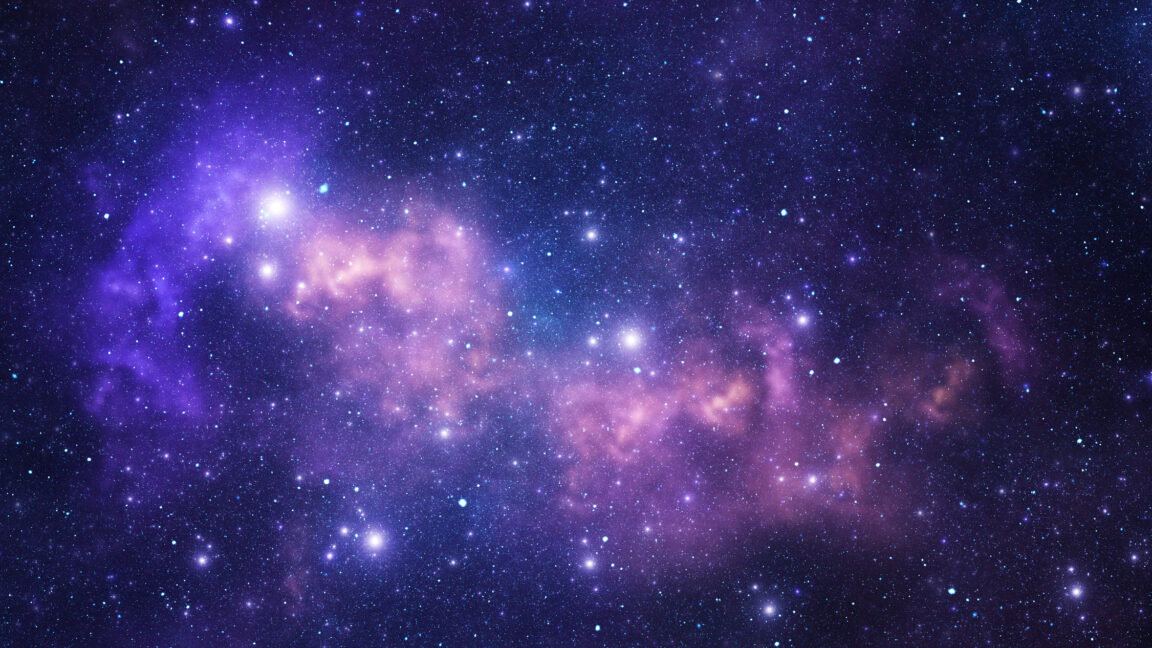
But even without knowing the actual values of all those variables present in the Drake equation, one thing was certain: The more stars you had at the beginning, the better the odds for life were. So Sorini’s team focused on stars.
“Our work is connected to the Drake equation in that it relies on the same logic,” Sorini said. “The difference is we are not adding to the life side of the equation. We’re adding to the stars’ side of the equation.” His team attempted to identify the basic constituents of a universe that’s good at producing stars.
“By ‘constituents,’ I mean ordinary matter, the stuff we are made of—the dark matter, which is a weirder, invisible type of matter, and the dark energy, which is what is making the expansion of a universe proceed faster and faster,” Sorinin explained. Of all those constituents, his team found that dark energy has a key influence on the star formation rate.
Into the multiverse
Dark energy accelerates the expansion of the Universe, counteracting gravity and pushing matter further apart. If there’s enough dark energy, it would be difficult to form the dark matter web that structures galaxies. “The idea is ‘more dark energy, fewer galaxies—so fewer stars,’” Sorini said.
The effect of dark energy in a universe can be modeled by a number called the cosmological constant. “You could reinterpret it as a form of energy that can make your universe expand faster,” Sorinin said.
(The cosmological constant was originally a number Albert Einstein came up with to fix the fact that his theory of general relativity caused the expansion of what was thought to be a static universe. Einstein later learned that the Universe actually was expanding and declared the cosmological constant his greatest blunder. But the idea eventually managed to make a comeback after it was discovered that the Universe’s expansion is accelerating.)
